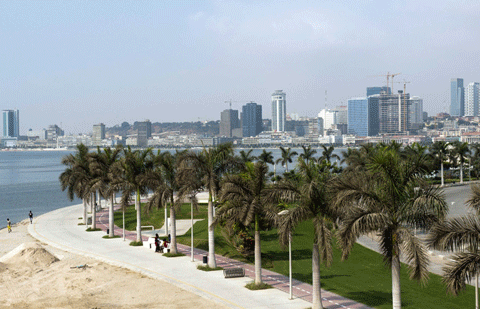Ethiopia's foot-steps forward
Updated: 2014-01-24 14:50
By Lauren Johnston (chinadaily.com.cn)
Comments Print Mail Large Medium SmallA new manufacturing hub near Addis Ababa may offer clues to how Africa can achieve economic success.
Overseas investment by Chinese companies is growing at a steady rate, particularly in Africa, including, in Ethiopia.
Apart from the opportunities and rewards that Chinese companies have reaped in Ethiopia, it is the close nature of the engagements that may offer useful lessons for other economies and elsewhere in emerging economic world.
In this case, I refer to the nascent Chinese shoe-manufacturing hub 37 kilometers northwest of the capital, Addis Ababa. The nascent success and challenges faced by this venture may provide lessons for the way forward for future Chinese engagements in Africa and in the continent's long-term development.
Huajian Group, one of the largest shoe exporters in China, led the development of the shoe-making hub. The Chinese company opened its first factory in Ethiopia in 2012 and, with the support of the China-Africa Development Fund, plans to invest more than $2 billion in a light China-Ethiopia manufacturing special economic zone.
Given the country's advanced leather sector but high unemployment and limited manufacturing options, the investment is welcome.
The shoe-manufacturing hub is, also an evolving example of how China seeks to replicate its economic experiences in Africa.
China successfully integrated foreign direct investment during its economic renaissance by setting up several industrial zones. Select locations in China's coastal regions with potential as ports and trading centers were identified, so that they would catch the eye of foreign investors. The government also made the investment process even more attractive with low taxes, simplified customs procedures and free import licenses.
Additional sweeteners such as abundant labor and advanced infrastructure made the investment option irresistible. These zones attracted investors from developed economies. The investments helped to improve physical and human capital through the transfer of advanced technologies and boosted export-driven foreign exchange earnings. The rest is manufacturing history.
Though the Chinese-led industrial zones in Africa are seeking to replicate this success story, it is not an easy task. African nations, for example, are not emerging from a period of economic self-sufficiency, but from decades of poverty and conflict.







